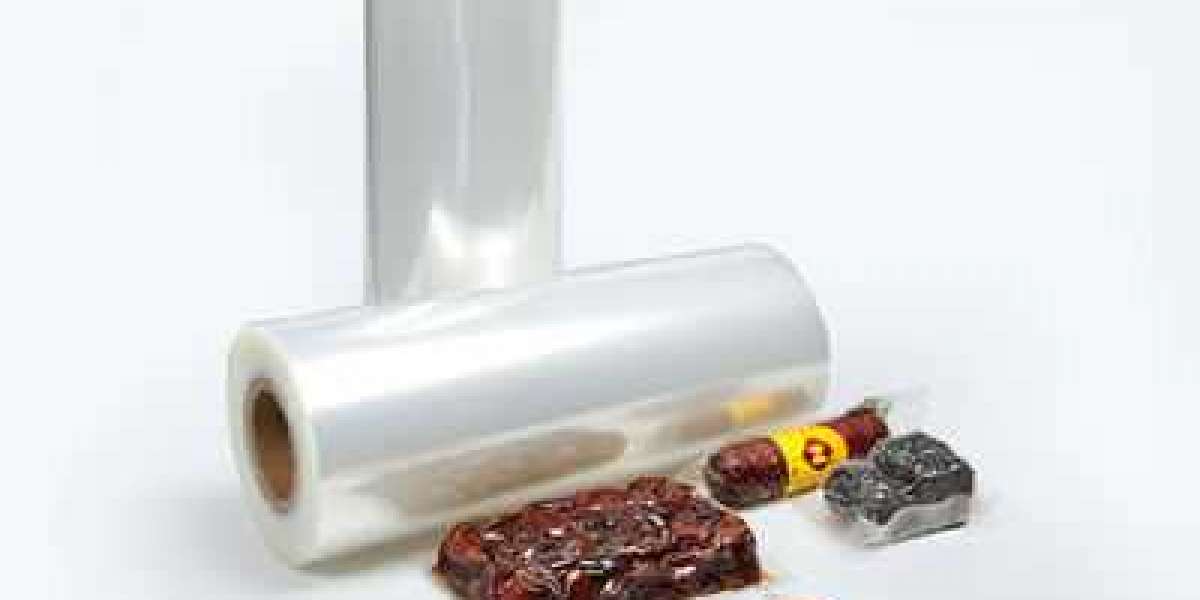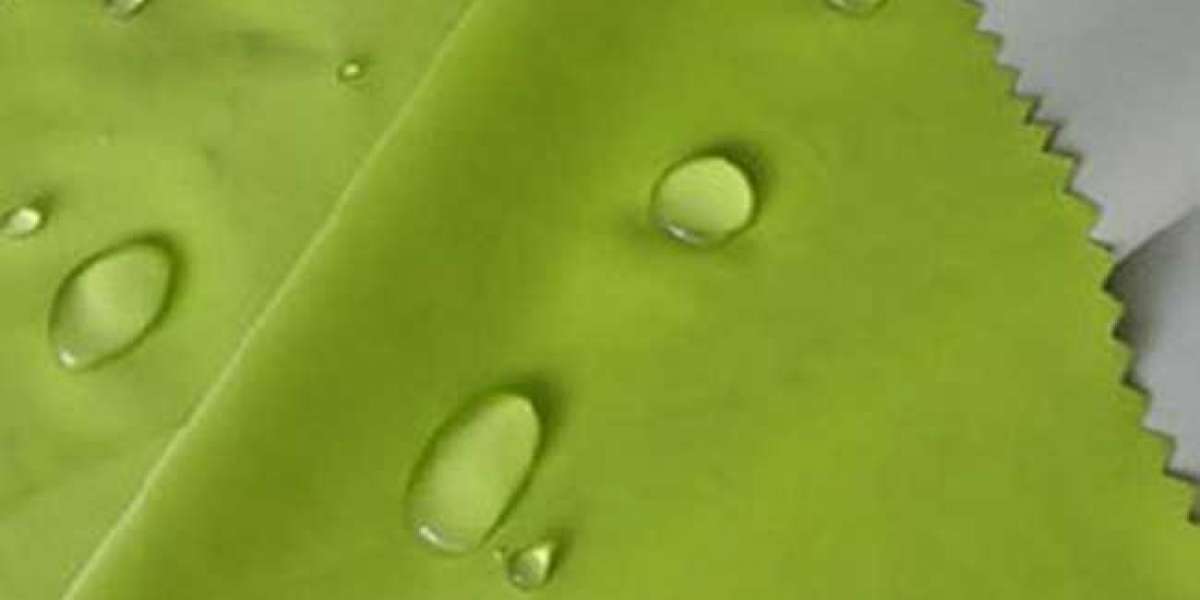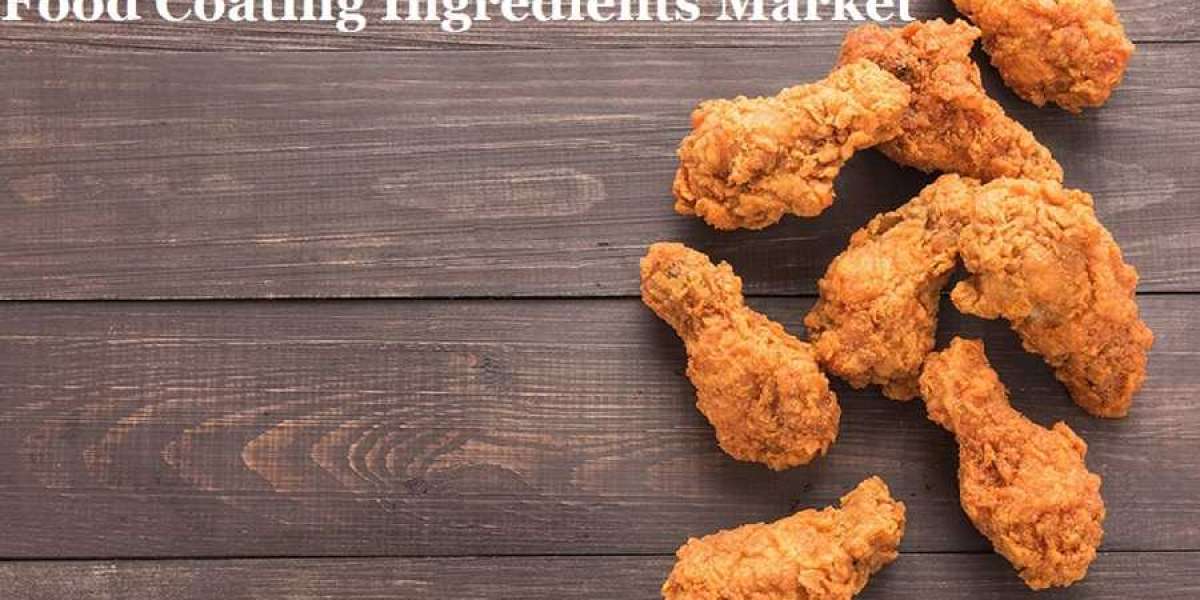characteristic
Polyester or polyethylene terephthalate (PET) is a high performance, crystal clear thermoplastic made from ethylene glycol and dimethyl terephthalate (DMT). Compared with other common plastic films, PET film has higher tensile strength, excellent dimensional stability, low moisture absorption and maintains good physical properties in a fairly wide temperature range. It also has excellent UV resistance, excellent electrical properties, good optical clarity, high gloss and good gas barrier properties, but only moderate moisture resistance. It is an ideal film for high-quality printing and lamination, and is ideal for high-performance plastic films and sheets. It has a relatively high melting point, making it suitable for applications requiring autoclaving.
Due to its higher price relative to PVC, PE, PP films, it is generally considered to be a special film.
PET can be metallized, such as aluminum metallized PET films. Metallized PET film can improve gas barrier properties for demanding applications where product shelf life is important. PET films are ideal for a wide range of industrial, electronic and automotive applications. It is fully recyclable and can be easily reprocessed into many other products for many different applications. However, unlike paper and other cellulosic products, PET does not break down easily. However, biodegradable additives can be used to enhance the biodegradability of this plastic without affecting its physical properties.
The most important polyester films are biaxially oriented PET or BOPET. 1 Compared to other common plastic films, it has better retention of physical properties over a fairly wide temperature range of about -70°C to 100°C.
Despite the higher price, BOPET has found many high-volume applications requiring this stronger and dimensionally stable film. A major disadvantage of BOPET is higher manufacturing costs and higher capital investment in equipment.
application
PET film is often an excellent choice for more demanding applications in food and non-food film applications. Key uses include microwave and medical packaging, plastic wrap, tape backing, printed films, plastic cards, protective coatings such as solar and security window films, release films, transformer insulating films, and flexible printed circuits. PET is also used as aroma barrier films (eg coffee and tobacco packaging). Films of this type are sometimes metallized by vapor deposition of metals, which further improves the barrier to oxygen, water vapor, and aroma loss.
Due to low odor, high chemical resistance and inertness, many PET grades are suitable for FDA regulated packaging applications.
Mylar films are sold in a variety of types, thicknesses and widths, with properties tailored to the specific requirements of specific end-uses.
1 "Biaxially stretched" means that PET film is stretched in two different directions to increase strength and modulus (lower elongation and higher stiffness).



